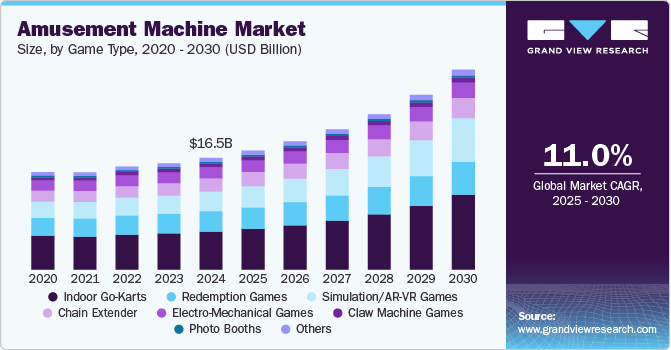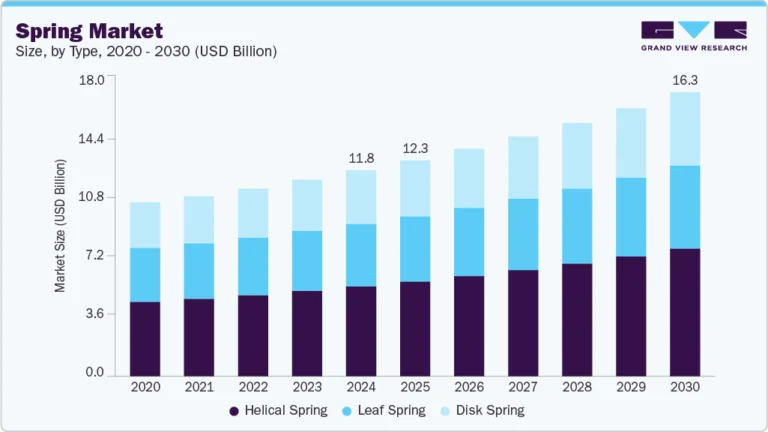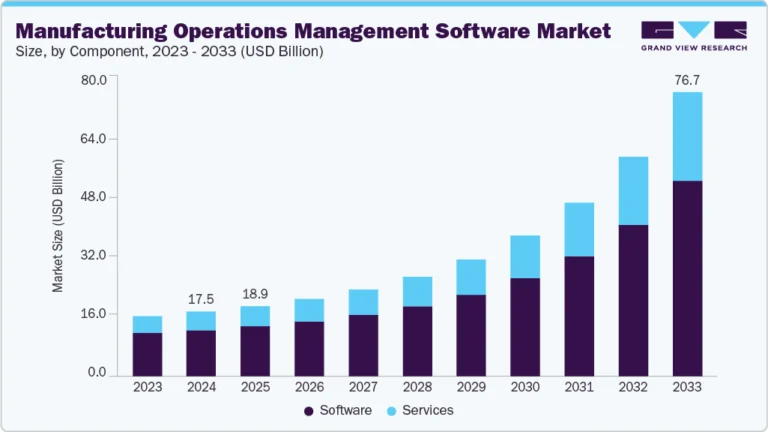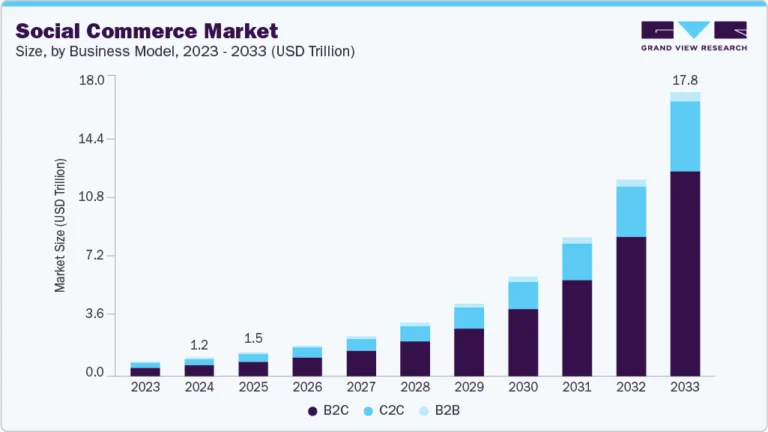Burner Management System Market Size, Share & Trends Analysis growing at a CAGR of 6.3% from 2025 to 2030

The global burner management system market size was valued at USD 6.09 billion in 2024 and is projected to grow at a CAGR of 6.3% from 2025 to 2030. This expansion can be attributed to the need for safety and regulatory compliance. Industries that rely on burner systems, such as oil and gas, power generation, and chemicals, face significant risks associated with burner malfunctions. In response to these concerns, governments have implemented stricter regulations mandating the installation of a Burner Management System (BMS) to ensure safe operations. In addition, the increasing number of workplace accident litigations has prompted companies to adopt BMS solutions to mitigate risks and strengthen safety protocols, further contributing to market growth.
Request a free sample copy or view report summary: https://www.grandviewresearch.com/industry-analysis/burner-management-system-bms-market/request/rs1
Technological advancements also play a crucial role in the expansion of the burner management system market. The integration of smart technologies and Internet of Things (IoT) capabilities into BMS frameworks has significantly enhanced monitoring, control, and operational efficiency. Innovations such as real-time data analysis, predictive maintenance, and performance optimization are fueling the demand for advanced BMS solutions as industries prioritize process optimization alongside safety standards. Furthermore, the growing emphasis on energy efficiency and sustainability in industrial operations supports the adoption of modern BMS technologies.
Emerging economies are experiencing rapid industrialization and urbanization, which is increasing the demand for reliable BMSs. As the market expands, there is a pressing need for advanced solutions that enhance safety and operational efficiency. Moreover, the shift toward renewable energy sources presents new opportunities for BMS applications in cleaner energy production, further bolstering the burner management system industry. In addition, increasing awareness of the benefits of automated BMSs, such as reduced downtime, improved safety, and enhanced regulatory compliance, is accelerating adoption across various sectors. Continued investments in research and development aimed at advancing system capabilities and incorporating next-generation technologies are expected to support ongoing growth in the burner management system market.
Component Insights
The hardware segment of the BMS industry held the largest revenue share of 49.6% as of 2024. This dominance is attributed to the critical role that hardware components play in ensuring safe and efficient burner operations across various sectors, including oil and gas, power generation, and chemicals. As organizations increasingly prioritize safety and regulatory compliance, the demand for reliable hardware solutions has surged. Furthermore, advancements in technology have enhanced the functionality and efficiency of these hardware systems, making them essential for modern industrial applications. The integration of advanced technologies with BMS has further aided the growth of this segment as companies seek to optimize performance and reduce operational risks. As a result, the hardware segment is expected to continue leading the burner management system industry in the coming years.
The software segment is projected to experience the highest CAGR in the coming years. This growth is driven by the increasing demand for advanced software solutions that enhance monitoring and control of burner operations. Companies are prioritizing safety and efficiency, leading to a rise in real-time data analysis and automation features. Moreover, innovations such as improved Human-Machine Interfaces (HMI) and diagnostic tools are further boosting performance. The integration of sophisticated algorithms into safety interlocks highlights the critical role of software in modern BMS applications. Hence, this segment is expected to expand at a significant pace as organizations work to optimize their burner management processes.






